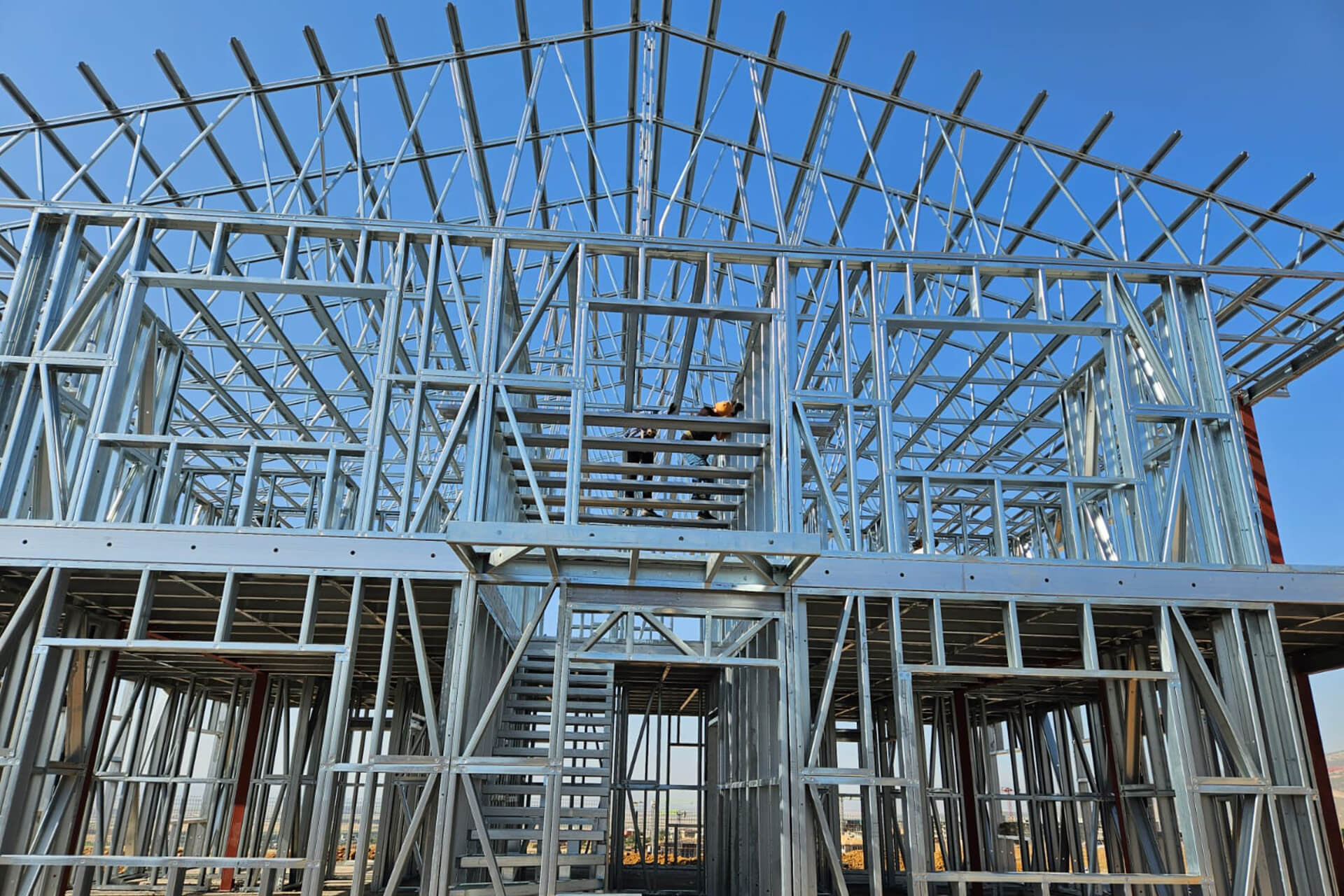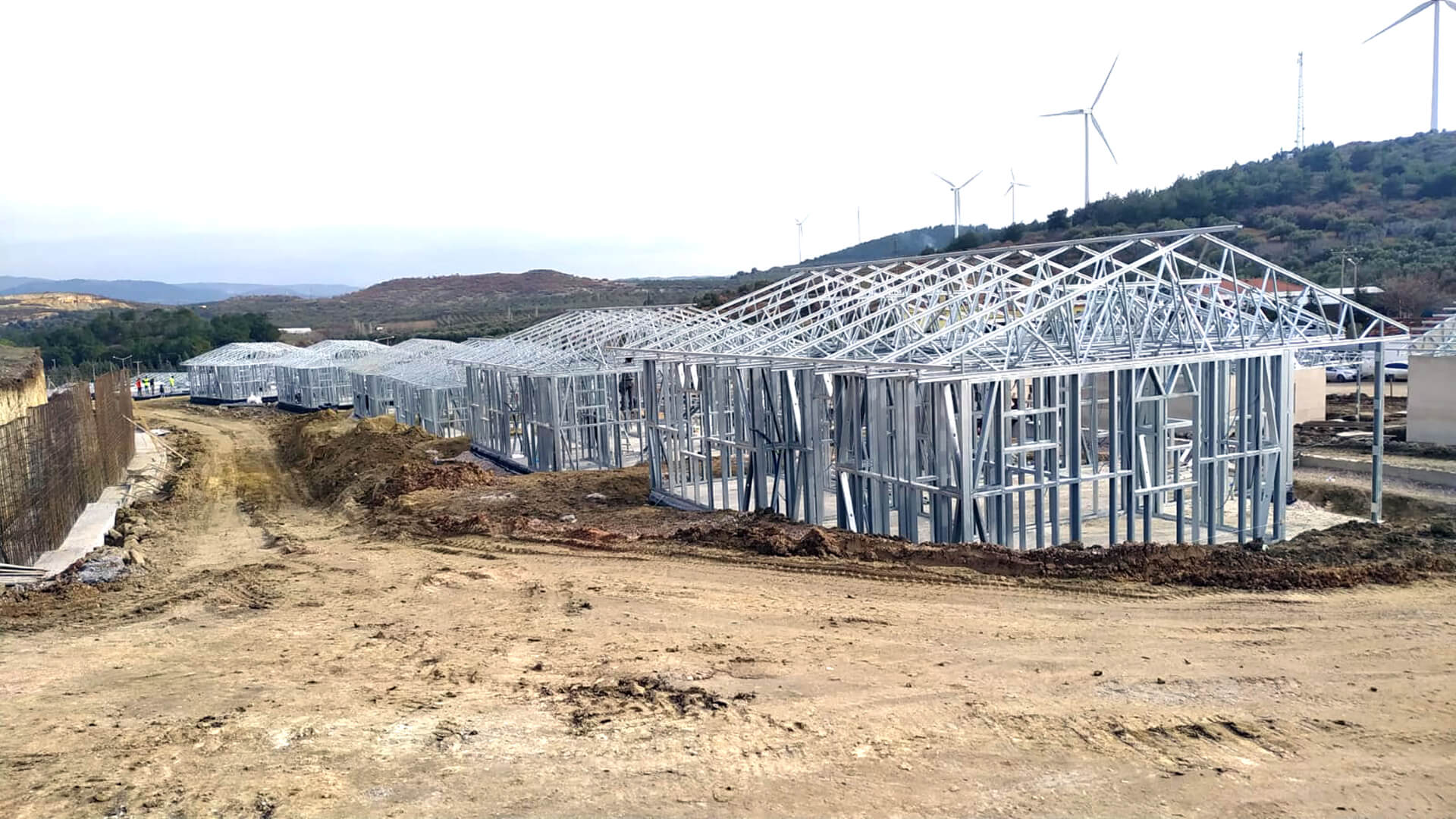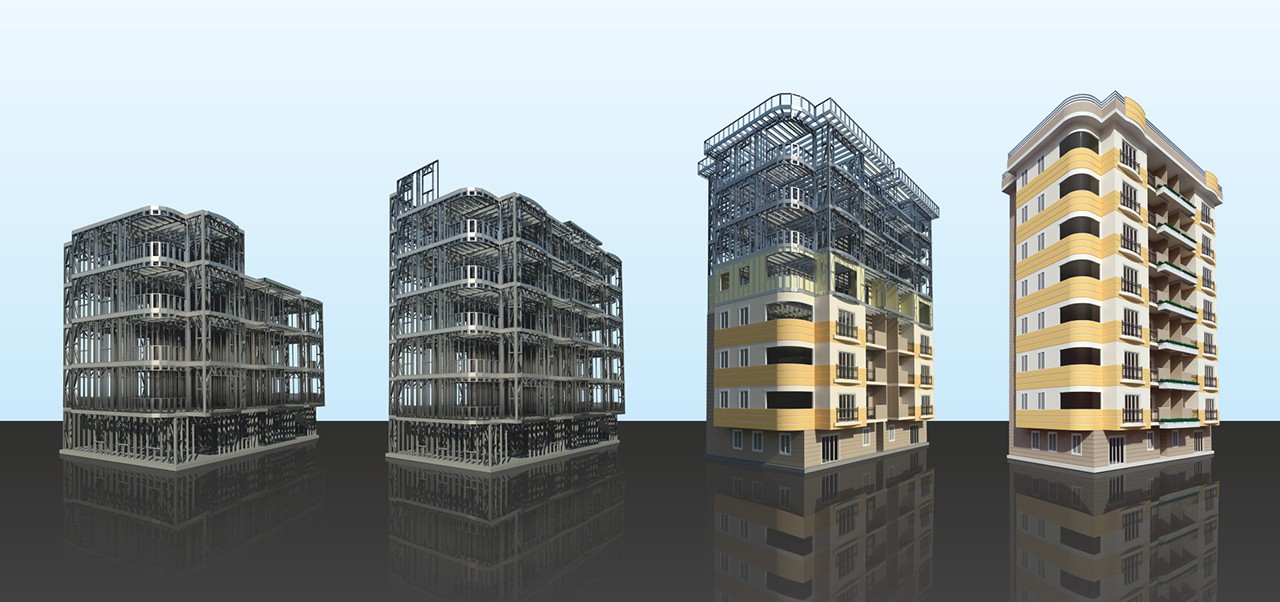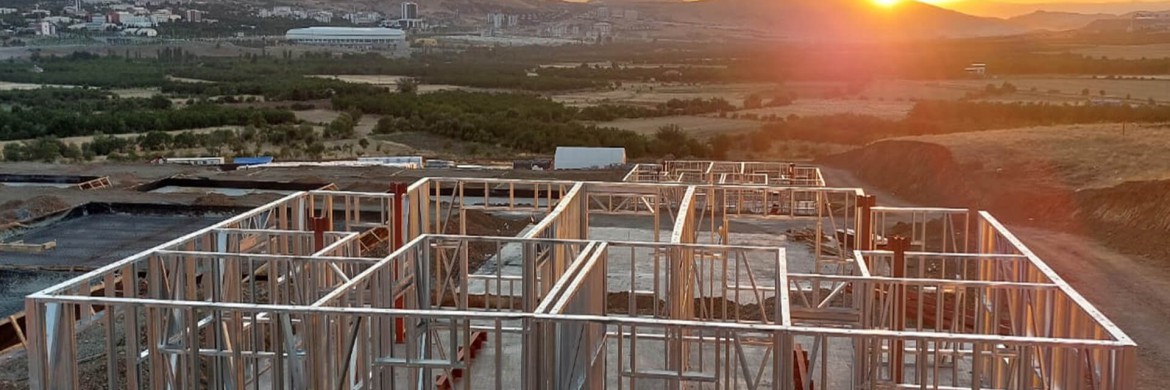Are Prefab Homes Energy Efficient?
In recent years, prefab homes have emerged as a strong contender in the housing market for individuals who seek modern design, cost efficiency, and a reduced environmental footprint. But one of the most frequently asked questions is: Are these homes truly energy efficient? The answer lies in both how they are built and how they function.
When discussing energy efficient prefab homes, it’s important to understand the methods behind their construction. These homes are manufactured off-site in controlled environments, which results in precise engineering and minimal material waste. Their design often incorporates energy-saving technologies and high-performance insulation, helping residents lower their utility bills while also supporting sustainability goals.

What Makes a Home Energy Efficient?
Several core features contribute to a home’s energy efficiency. These include insulation quality, airtightness, window and door performance, renewable energy sources, and efficient HVAC systems. A truly energy-efficient home is one that minimizes energy waste while maintaining indoor comfort throughout the year.
When evaluating energy efficient homes prefab, it’s essential to assess how well the structure retains heat in the winter and stays cool in the summer. This performance depends on the thermal envelope—walls, roof, floors, windows, and doors—and the systems that support it. For this reason, the layout, materials, and integration of green technologies make energy-efficient prefab luxury homes a superior choice for those pursuing sustainable living.
The Role of Building Materials in Thermal Performance
The materials used in a prefab home significantly affect its thermal insulation and energy-saving potential. From high-grade wall panels to eco-friendly insulation and triple-glazed windows, every element plays a role in the home’s overall efficiency. In energy efficient prefab homes UK, you’ll often find advanced materials tailored to the country’s colder climate, ensuring better thermal performance and lower heating costs.

How Prefab Homes Are Designed for Energy Efficiency
One of the greatest advantages of energy efficient prefab homes lies in how they are planned and manufactured from the outset. Unlike traditional builds, prefab homes are created in a highly controlled environment, allowing architects and engineers to implement advanced energy strategies right from the design stage. Every wall thickness, window placement, and roof angle can be optimized to reduce energy usage and maximize natural light.
Modern energy efficient prefab homes UK are often tailored with energy modeling tools, ensuring they meet or exceed national efficiency standards before a single panel is assembled. This preplanning, combined with quality control during off-site production, ensures that every unit is sealed tightly, insulated properly, and built for long-term energy savings.
Factory Precision and Reduced Construction Waste
The factory-built nature of prefab homes allows for exceptional precision, reducing gaps, thermal bridges, and inconsistencies common in site-built homes. Materials are cut with minimal waste, and unused resources are recycled efficiently. This industrial accuracy contributes to the overall performance and lifespan of energy efficient homes prefab, making them a smart option for sustainability-focused homeowners.

Insulation Techniques Used in Prefab Construction
Insulation is one of the most critical components in achieving true energy efficiency. Energy-efficient prefab luxury homes are built using advanced insulation techniques that ensure thermal resistance across every part of the structure. From the wall cavities to the roof panels, prefab home manufacturers use high-performance materials to limit heat transfer and maintain consistent indoor temperatures.
In the UK, energy efficient prefab homes UK often follow or exceed the Building Regulations’ insulation standards, ensuring optimal U-values for walls, roofs, and floors. These standards ensure that less energy is required to heat or cool the home, contributing to a more sustainable and cost-effective lifestyle for residents. Whether for cold winters or mild summers, these insulation methods help prefab homes perform impressively all year round.
Wall, Roof, and Floor Insulation Standards
Modern energy efficient homes prefab are built with continuous insulation that wraps around the entire shell of the home. Manufacturers typically use mineral wool, spray foam, or rigid foam boards to meet or exceed insulation benchmarks. These materials are selected not only for their thermal resistance but also for their moisture control and fire safety properties.
Comparing UV in Prefab vs Traditional Homes
UV protection is often an overlooked factor in home efficiency. High-quality prefab homes are equipped with UV-coated windows that help reduce heat gain and protect interiors from sun damage. Compared to traditional homes, which may rely on standard glazing, prefab constructions provide better protection, contributing to energy efficiency by lessening the strain on cooling systems during hot months.

Are Prefab Homes More Efficient Than Traditional Houses?
When evaluating energy performance, energy efficient prefab homes consistently demonstrate advantages over traditional site-built houses. The controlled factory environment used in prefab construction allows for enhanced quality control, superior airtightness, and better insulation installation. This results in fewer thermal gaps and significantly reduced energy leakage, leading to lower heating and cooling demands throughout the year.
In the UK market, energy efficient prefab homes UK are particularly notable for exceeding minimum efficiency standards. Traditional homes often rely on outdated materials or inconsistent craftsmanship, while energy efficient homes prefab are designed with modern performance in mind. Their integration of renewable energy systems, smart technologies, and eco-conscious materials gives them a strong edge in both environmental impact and long-term cost savings.

